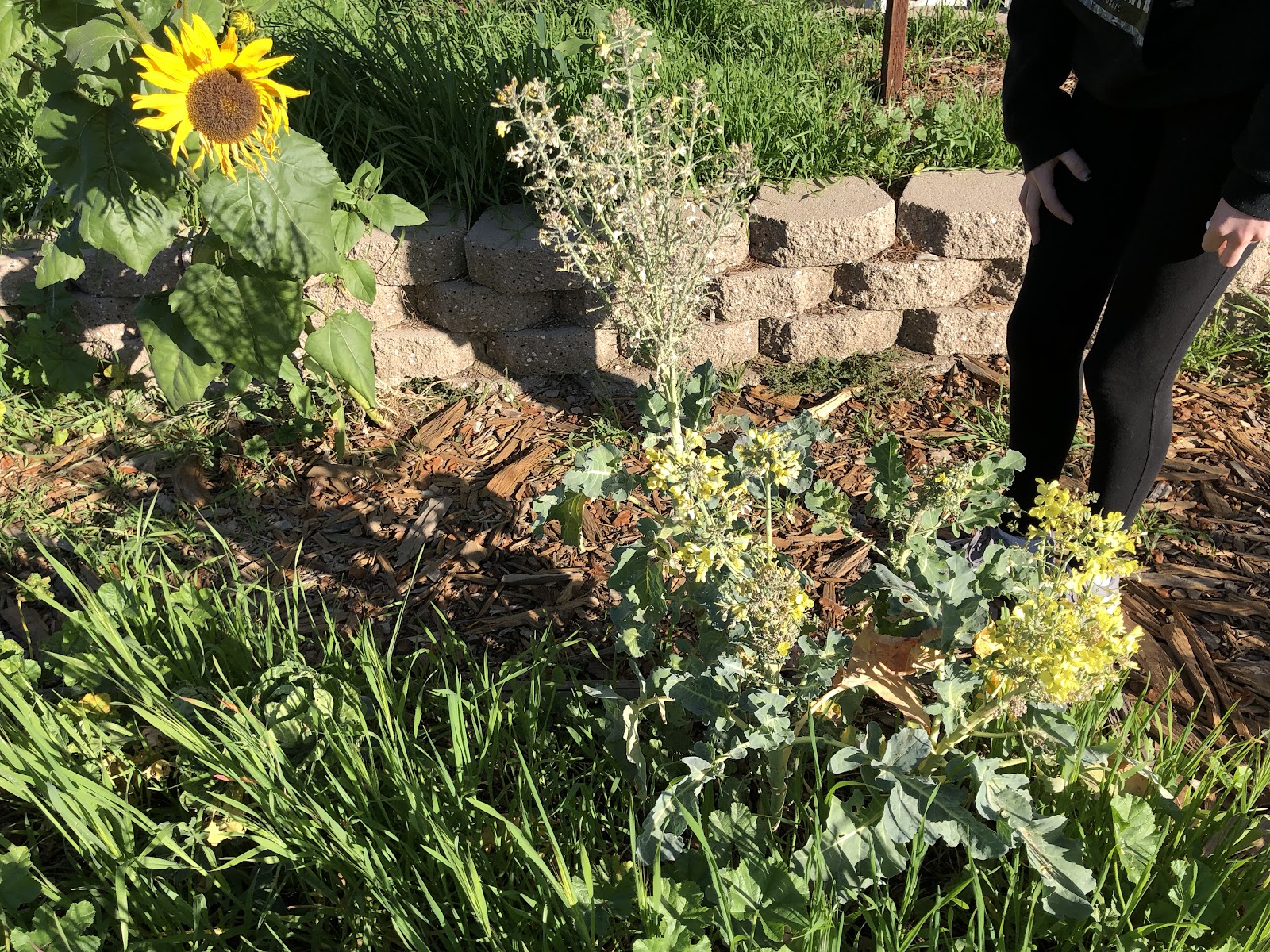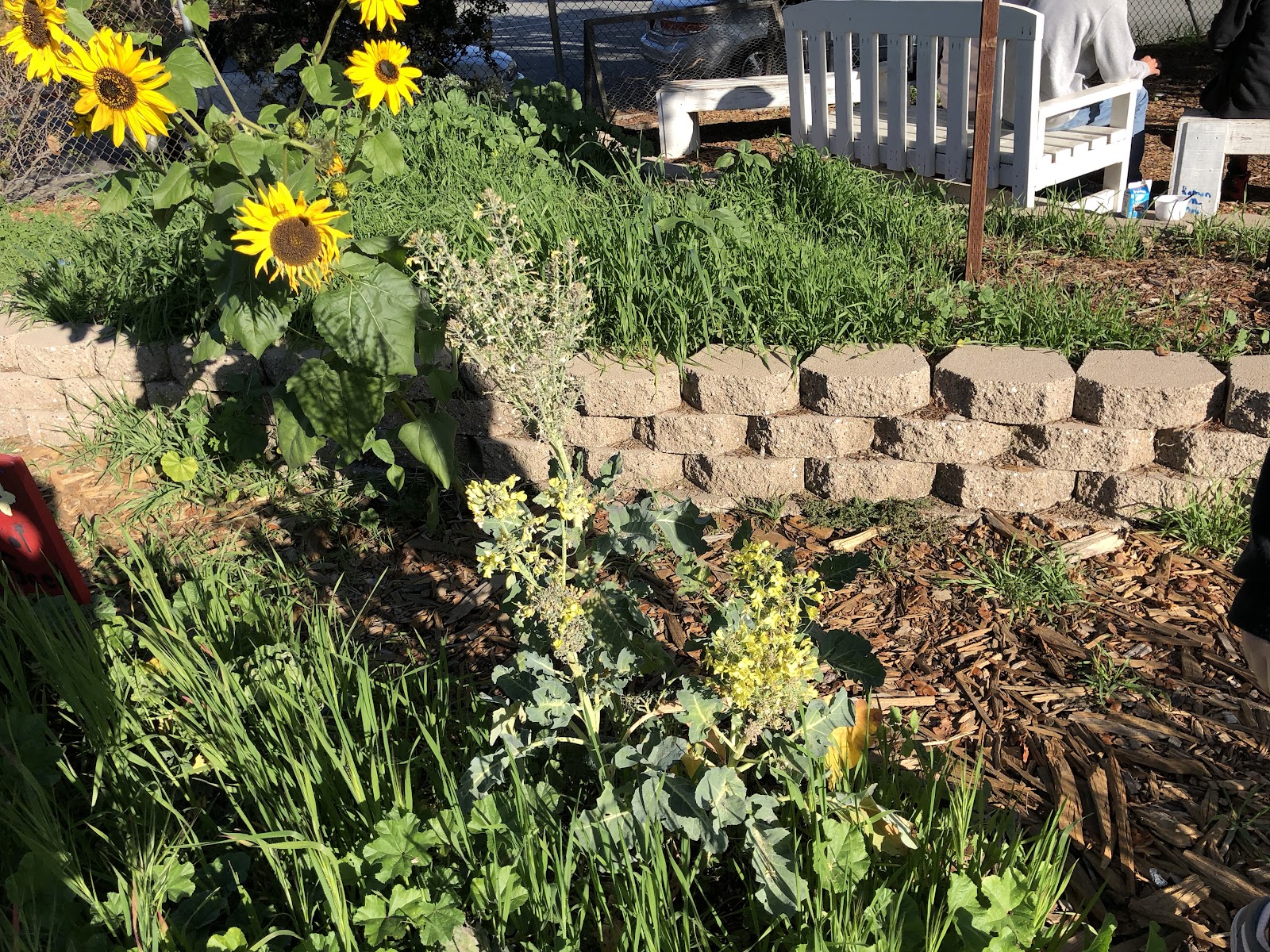

Our plant has grown a lot since we last saw it. Some of the plants even started flowering. There are many processes that go into our plants growing. The process by which biomass is added is called cell division. Cell division is how cells reproduce so that organisms can grow. Cell division starts off with interphase, which is when the cell performs its normal duties. Then, the cell starts to go into mitosis. The first step of mitosis, prophase, is when the chromosomes start to condense, spindle fibers emerge from the centrosomes, and the nuclear membrane breaks down. This step is the longest out of the process of mitosis. Next is metaphase. The chromosomes line up at the center of the cell and each sister chromatid is attached to a spindle fiber. In anaphase, sister chromatids are pulled apart and spindle fibers elongate the cell. Telophase is when the chromosomes reach opposite ends and the nuclear membrane starts to reform around them. Cytokinesis is when the two daughter cells split apart. Cell division happens the most on the tips of the roots of a plant because that’s where the plant is growing the most. Photosynthesis is how plants create their own food. Plants need sunlight, water, and carbon dioxide. There are two different cycles, one that requires light and one that doesn’t. Photosynthesis happens in the chloroplast of a plant. Photosynthesis produces oxygen and glucose, which can be used for cellular respiration. Cellular respiration uses oxygen to break down glucose into water and carbon dioxide. ATP captures the energy produced in this process. In eukaryotic cells like our plant’s cells, cellular respiration happens in the mitochondria of a cell. The mitochondria helps produce the power for a cell. All of these processes help the plant in different ways. Cell division helps the plant grow, photosynthesis allows the plant to have cellular respiration without consuming food, and cellular respiration creates energy for the cell.
If a cell needed to make more PKG or Rubisco, it sends a signal to the nucleus that it needs more. Both of theses are enzymes, which are a type of protein. Proteins are made of amino acid chains. In order to make these chains, DNA strands need to be transcripted into messenger RNA (mRNA) by RNA polymerase. Next, a ribosome reads the mRNA in sets of three, or codons, then translates it into amino acids. There are 64 possibilities for codons, including a start and stop codon. The amino acid chain then folds into an enzyme with a specific function.











